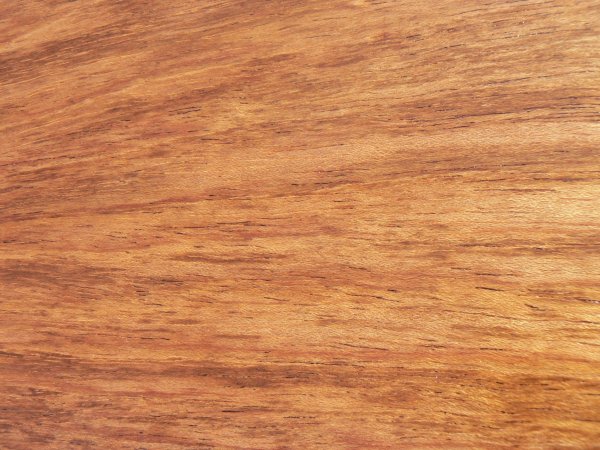The Tree: Leguminosae Family
Jatoba (Hymenaea courbaril) grows to an average height of 120 feet with diameters of 2-4 feet. Jatoba is often referred to as Brazilian cherry although it is not a cherry wood, and has been called Locust or Courbaril in different areas of South America. It grows in most of the South American islands as well as Mexico, Brazil and Peru. Jatoba can be called "Stinking Toe" by local people because of the distinct odor of the tree's seed pods.
Principal Uses: Jatoba wood, is often used in flooring but also ideal for stair treads, athletic equipment, tool handles, railroad ties, gear cogs and wheel rims. Can also be used for carpentry, cabinet making and general woodworking joinery.
Appearance: Jatoba heartwood is variable in color from salmon red to orange-brown marked with dark brown streaks with a golden luster. It darkens to a deep, reddish brown. Thick sapwood is notably differentiated, white to slightly yellowed. Regular to irregular grain is usually slightly interlocked, uniform medium to coarse texture, rough and of poor shine surface.
Other Interesting Information: Jatoba trees produce an orange, resinous, sticky gum that converts to amber through a chemical process that requires millions of years. Amber of million-year-old trees have provided scientists with many clues to its prehistoric presence on earth as well as to the insects and other plants encased in it. You may recall the mosquitoes in the ambered tree sap from the Jurassic Park movies - that is Brazilian Cherry tree sap!









Log In